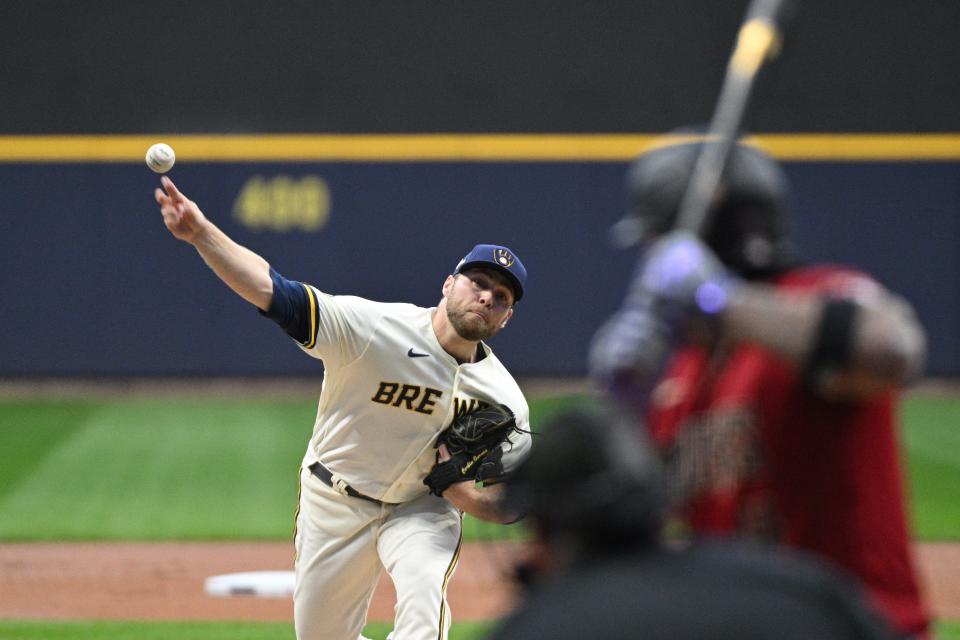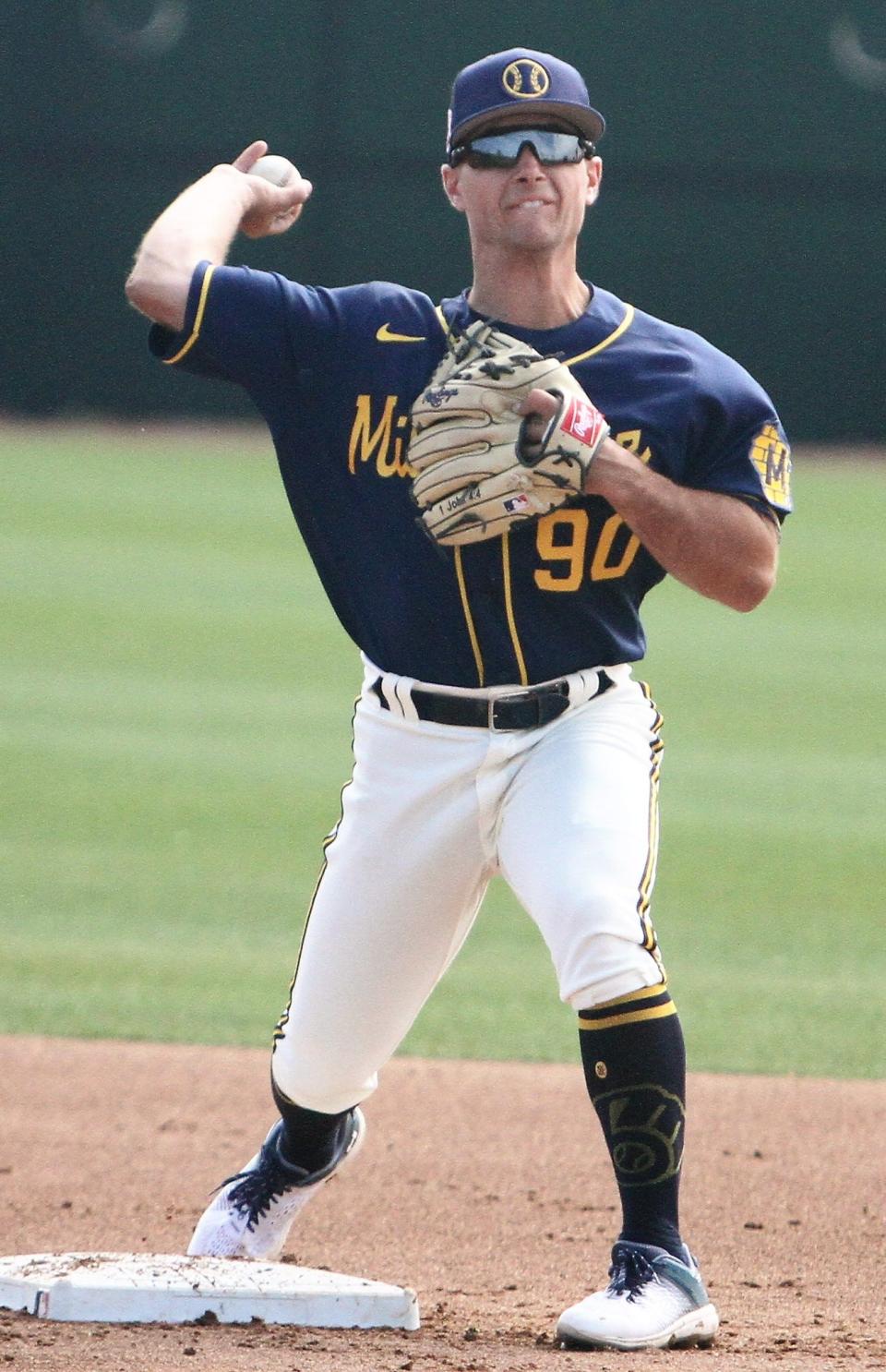Brewers receive a draft pick in the deal for Corbin Burnes. How does that work?

One thing that has made the Major League Baseball draft different from its counterparts in the NFL and NBA is that picks historically cannot be dealt in trades, making for considerably less draft-day drama.
But yet, the Brewers received a draft pick from the Baltimore Orioles in the deal that sent Corbin Burnes to the American League East.
So, what gives?
The trade netted the Brewers infielder Joey Ortiz, left-handed pitcher D. Hall and the No. 34 selection in the 2024 draft. The reason that pick is available to deal is because it's a "competitive balance" pick.
Those picks, which start after the traditional set of first-round picks for baseball's 30 teams, can be traded.
What are Competitive Balance picks and when did they become a thing?
This is a part of MLB's mechanisms to achieve balance between its big-market and small-market teams. These picks have existed since 2012, though the process was tweaked in 2017.
The 10 lowest-revenue clubs and the clubs from the 10 smallest markets are eligible to receive a pick each year; that's a list of 14 teams this year since some teams fit both categories. Those teams get a pick either in Competitive Balance Round A, which is between the first and second round or Competitive Balance B between the second and third.
Since 2017, the formula for determining who gets what picks combines revenue, winning percentage and market score. In 2023, 14 total teams received picks, with eight in round A, and the same 14 have picks in 2024.
The Competitive Balance picks can be traded, though only once by the team that received the pick (so the Brewers can't trade No. 34 again), and they can't be traded just for cash.

When are the Brewers picking in the draft in 2024?
Milwaukee now has four picks in the top 70, including a first-round pick (No. 16), the new Competitive Balance pick from Baltimore (No. 34), its normal second-round pick (No. 58) and a Competitive Balance B pick (No. 68) that it was initially assigned.
The Brewers had a Competitive Balance A pick in 2023 and selected reliever Josh Knoth with the 33rd overall pick. In 2021, they drafted Tyler Black with the No. 33 overall pick.
Is this the first time a draft pick has been traded?
No, this maneuver isn't unique; there were three trades involving Competitive Balance picks in 2022, for example. The Brewers' 41st pick in 2019 was dealt to Texas in exchange for lefty reliever Alex Claudio.
What to know about the MLB draft order in 2024
The Orioles' pick is the highest in Compensation Round A. The normal first round (30 picks) will go first.
After that, the Diamondbacks and Orioles have picks (No. 31 and No. 32) because of baseball's prospect promotion incentive, which rewards teams that had prospects on the opening-day roster who went on to win rookie of the year honors -- Corbin Carroll and Gunnar Henderson, in this case.
Then, the 33rd pick goes to Minnesota for losing pitcher Sonny Gray via free agency. Only revenue-sharing teams (in other words, the smaller markets) are compensated for losing free agents between the first and second round like this, assuming the free agent signs for at least $50 million and was given a qualifying offer.
This is roughly where the Brewers would have picked next year if they had extended a qualifying offer to Corbin Burnes and lost him via free agency. Milwaukee could still earn picks in this area if Willy Adames or Rhys Hoskins sign free-agent deals elsewhere after the season.
Other teams not among that revenue-sharing group that lost free agents, like the Los Angeles Angels with Shohei Ohtani, will be compensated as well, but not until later in the draft.
This article originally appeared on Milwaukee Journal Sentinel: The Brewers got a draft pick in the Burnes trade? Yes, it's possible

